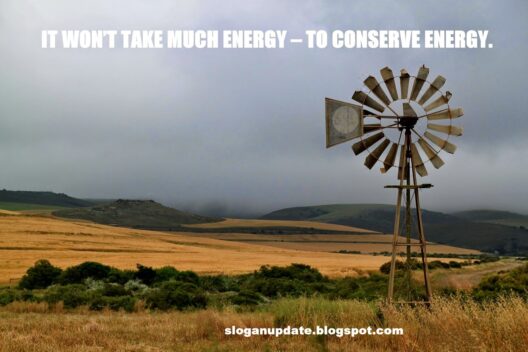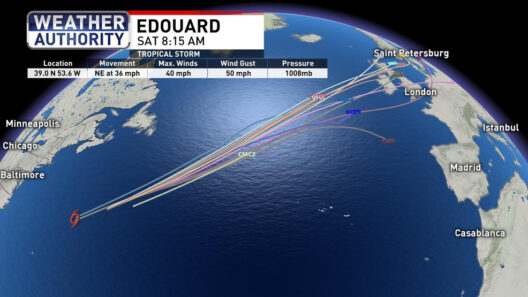As the vibrant hues of autumn trees begin to fade and the chill of winter creeps into the New England air, a looming concern flares beneath the picturesque surface of this iconic region: climate change. Have you ever wondered how the changing climate is silently reshaping the landscapes, weather patterns, and communities of New England? While the beauty of this region remains undiminished, the impacts of global warming manifest in various, often alarming ways, redefining not only the environment but also livelihoods and cultural heritage.
New England, characterized by its stunning coastlines, lush forests, and quaint towns, faces an escalating challenge due to rising temperatures. The Northeast is warming at nearly twice the global rate, a phenomenon attributed to a variety of factors, including greenhouse gas emissions and changes in land use practices. This section will examine the alarming evidence of climate change unfolding across New England, emphasizing how the warming trends affect everything from agriculture to biodiversity.
One of the most palpable effects of climate change in New England is the alteration of seasonal patterns. The region is known for its distinct seasons, each contributing uniquely to its charm and local economies. However, climate projections suggest that winters will become shorter and warmer, while summers may grow increasingly oppressive. According to climate models, average winter temperatures in New England could rise by 6 to 10 degrees Fahrenheit by the end of the century, resulting in reduced snowfall and more rain during winter months. This shift affects not only the aesthetics of winter sports but challenges the ski industry and rural economies reliant on snow-dependent activities.
Speaking of agriculture, farmers in New England are facing a dual-edged sword. Rising temperatures and longer growing seasons present an opportunity for longer harvests, but this is countered by the increased risk of droughts and unpredictable weather. These changes may jeopardize the viability of traditional crops, like apples and berries, forcing farmers to adapt to new varieties and farming techniques. With the mysterious advent of invasive species and shifting pest populations, farmers find themselves at a crossroads—embrace innovation or risk losing the essence of New England’s agricultural identity.
Moreover, the ecological tapestry of New England is undergoing profound transformation. As the climate warms, species migration patterns are shifting northward and altitudinally. For example, iconic species such as the moose may find it difficult to survive increasing tick populations and heat stress. Such dynamics disrupt the delicate balance of regional ecosystems, leading to unforeseen consequences that ripple through food chains and biodiversity. Will future generations recognize the New England they once knew, or will it become a mere shadow of its former self, stripped of its native charm and diversity?
Beyond flora and fauna, the socio-economic fabric of New England is also fraying at the edges due to climate change. Coastal areas, with their breathtaking beaches and bustling ports, face the existential threat of rising sea levels. Projections indicate that sea levels along the New England coast could rise by as much as 3.5 feet by 2100, leading to increased flooding, erosion, and loss of habitat. Communities are burdened with the daunting financial challenge of investing in infrastructure and resilience measures to protect against these encroaching tides. Will we see a future where coastal towns must retreat or significantly relocate? The questions remain salient and pressing.
Communities across New England are not standing idly by. There is a burgeoning movement towards environmental resilience and sustainability, igniting conversations around cleaner energy, conservation efforts, and community engagement. Innovations in renewable energy sources, such as wind and solar power, are gaining traction. Such initiatives not only alleviate the burden of fossil fuel dependence but also create new opportunities for job growth and innovation in the green economy.
Yet, the challenge lies in ensuring equitable access to these resources. As the drive for a subsidized green economy intensifies, economic disparities could potentially widen, leaving some communities behind. How do we forge pathways that guarantee all residents benefit equitably from this transition? The answers to such questions may determine the region’s capacity to adapt and thrive in the face of climate adversities.
Education and awareness also play pivotal roles in combating climate change. Initiatives aimed at informing citizens about the local impacts of global warming and invoking a sense of stewardship can lead to a more informed public. Schools, community organizations, and local governments can collaborate to foster activism, instilling the importance of responsibility towards the environment. But, is mere awareness enough? Will it be transformed into action? Without decisive moves beyond rhetoric, the potential for change will stagnate and the threat posed by global warming will loom larger.
Conclusively, New England stands as a microcosm of the global climate crisis—exhibiting both the opportunities and challenges that lie ahead. As we ponder the legacy we wish to leave for future generations, we must consider whether we are equipped and willing to confront these obstacles. The warming warning in New England serves as a clarion call to action. It begs the question: how will we respond to the challenges posed by climate change? The answers we forge will play a critical role in shaping not only the future of New England but of our planet at large.







